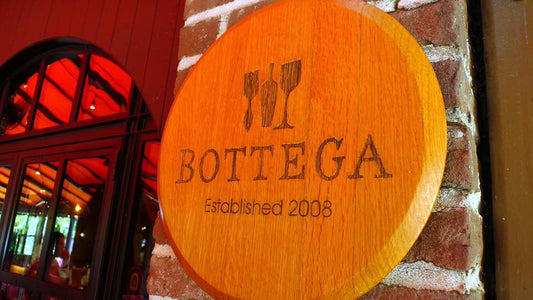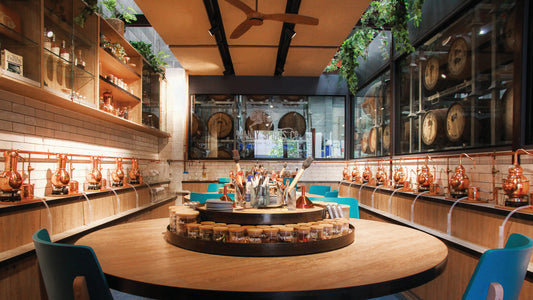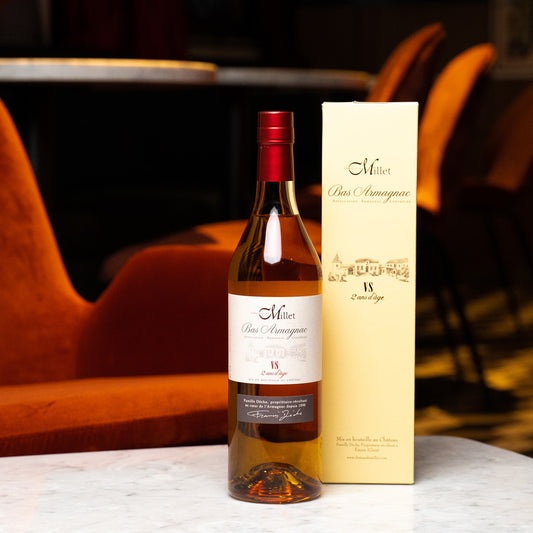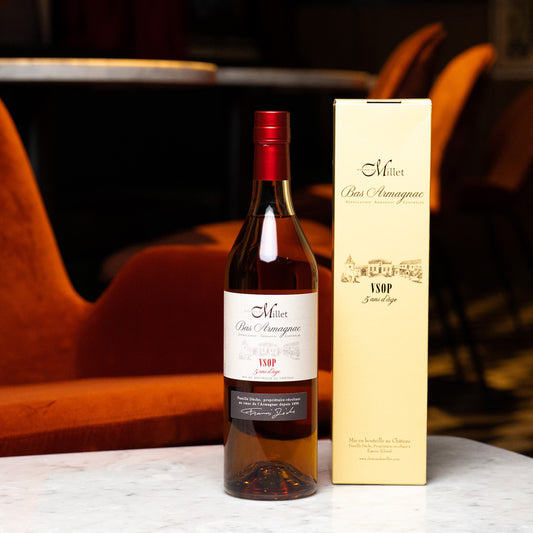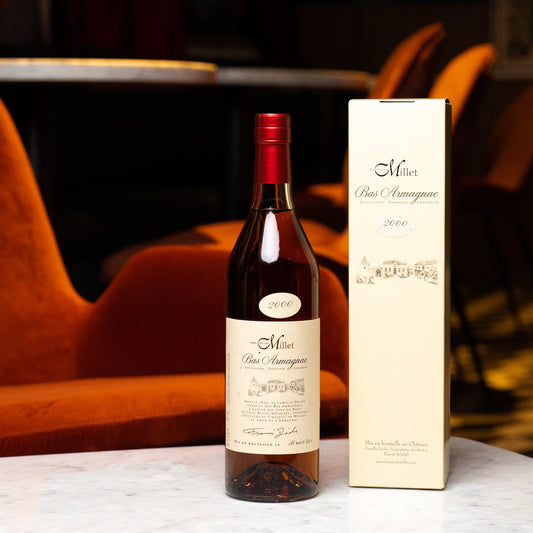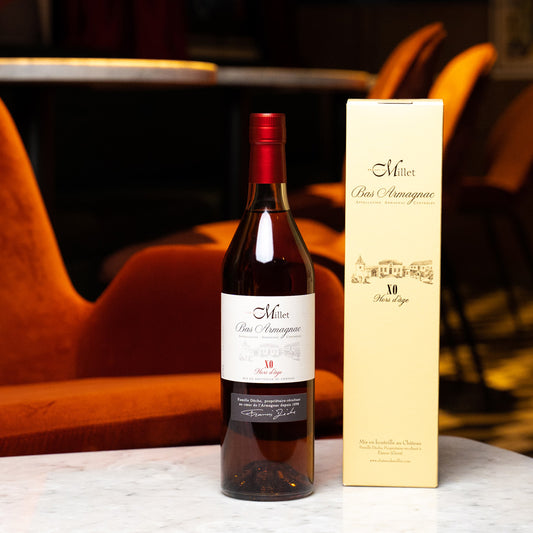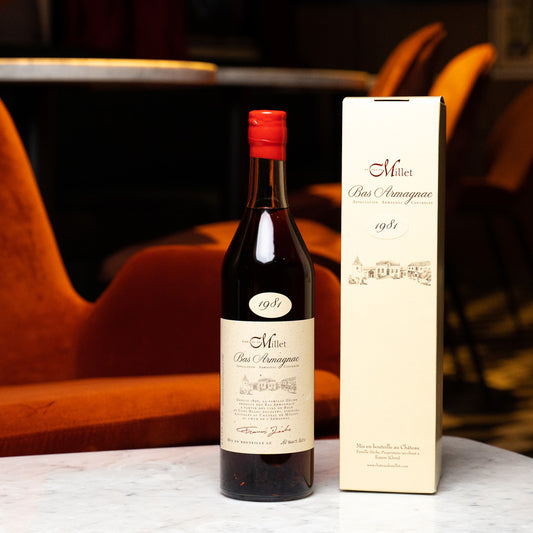Upon arrival at Château Millet, you wind down a little lane to be greeted by the sight of a centuries old large pond. The pond is an essential part of the part of the Château Millet farm, and it is protected by the European Natura 2000 program, a nature preservation initiative in the European Union. The pond is home to an abundance of unusual protected wildlife, including special and rare species of terrapin, heron, mink and cormorants.
The Dèche Family has a deep connection to its land and its natural environment. Since 1999, the Dèche Family has been a member of the network of sustainable agriculture initiated by the Chamber of Agriculture of the Gers. Now, the whole vineyard is certified High Environmental Value (HEV) level 3 - HEV certification guarantees a level of environmental responsibility akin to American organic and biodynamic certifications.
At Château Millet, those practices of conservation include:
- Wildlife Rather than using harsh chemical pesticides, protecting crops against diseases and insect pests is decided in harmony with nature by observation and weather information. Winegrowers can keep spraying to the strict minimum to encourage and protect auxiliary fauna, pollinating insects and wildlife. Among the species, there can be found cistude turtles, grey herons, minks or cormorants.
- Plant biodiversity Throughout the vineyard, the Dèche family keeps semi-natural environments, in conjunction with their sustainable development policy that favors the diversity of local plant and animal species. Cedars and bicentennial oaks can be found throughout the vineyard.
- Environment The vines are ploughed to restrict weed growth, mainly in the spring to limit plant competition. This also aerates the soil to maintain good organic activity and keep the soil full of life. A bit of grass and weed is allowed to grow after the harvest and during the winter to help with this activity and improve drainage. The soils are analyzed regularly and maintained by adding organic matter where necessary.
- Energy efficiency The winegrowers allow grass to grown naturally throughout the vineyards after the harvest until springtime; this encourages soil life, limits gullying and cuts down fuel consumption. Chemical fertilizers are banned! They add only organic matter, using natural products of plant or animal origin.
In parallel to all these actions, important investments have been undertaken to limit any environmental impact and reduce energy consumption. These efforts include precise traceability of all inputs to the vineyards and crops in order to ensure quality control at every step of production and construction of treatment plants for the treatment of winegrowing byproducts before discharge into the natural environment.
Crafting a superior armagnac starts in the soil - with more than twenty years of care put into every aspect of the agricultural process, the flavor of quality permeates every sip of your favorite Château Millet armagnac.




